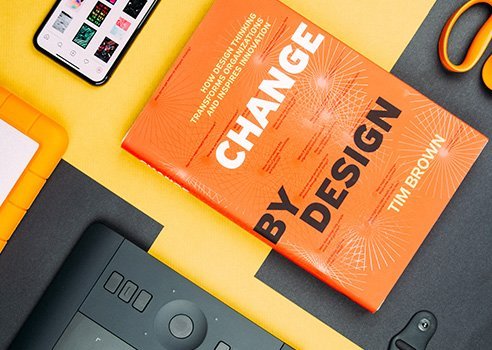Reading time: About 3 minutes
Today’s column focuses on the subject of graphic design. If you thought your only job was to write or edit, read on to learn how you can earn more work by becoming a better advisor to your clients!
I was invoicing a client last week and realized I didn’t have his address. I’d worked for him only briefly, by email — we’d never even spoken on the phone — but I knew his group had a website.
Quickly, I Goggled him to find the “contact us” page and, fortunately, it contained his street address. Better yet, the site was beautiful — it featured gorgeous photography and was easy to navigate.
But there was one big problem. The website’s typeface was unreadable. It was way too small — I’m guessing eight or nine point — and, worse yet, it was in “reverse.”
For those of you unfamiliar with typography, let me explain that type is “reversed” when the letters are lighter than the background on which they sit. This typically means the letters are white (often on a black or navy background) but they might also be a very faint colour (say pale green or blue) on a darker background.
There’s no denying that reverse is pretty and it can be very effective used in limited, small areas on a printed page or a website. But here it was used on a veritable clearcut of small type. Pages and pages of it went on and on. Even though I’m a writer and an editor — and interested in this particular client’s work — I couldn’t bring myself to read it. It was just too hard.
So what’s a writer to do? Well, in this case, the design wasn’t ruining my words — I’d done a different piece of writing — but I still thought it was a waste of the client’s money and opportunity. Bottom line? All writers need to learn some of the basic rules of graphics and help guide their clients through the job.
Here are five common design issues to watch for:
1) Save “fancy” type — reverse, bold, italics — for emphasis only. It’s best for a word here or there. Notice how in this column I’ve used bold intermittently, for no longer than a sentence. And I’ve used italics for words only occasionally.
2) Be aware that the strongest colour in the world is almost always black. I frequently argue with clients who want to put headlines in red, yellow or blue to “emphasize” them. Unless the type is massively thick, this is almost always a bad idea. Take a page in a magazine with different colours on it and squint at the page. What do you notice most? For most people, it’s the black.
3) Insist that the graphic designer give you enough space to write decent headlines. By my rules, you need a minimum of 32 characters/spaces to write a meaningful one-line head. (Some graphic designers won’t want to give you more than about 15!) I always write headlines after the layout so I can make best possible use of space. Remember good headlines should tell you what the story is about and should have a verb.
4) Indent frequently, remembering that unless you’re writing a book, paragraphing is not a literary tool — it’s entirely a visual one. (Yes, your grade 9 English teacher was wrong.) Give your readers lots of friendly white spaces on which to rest their eyes. This may mean paragraphing as often as every two sentences — you read that correctly. (Check a good quality daily newspaper and see how frequently they indent.) Also look for more opportunities to break up the text. Subheads and pullquotes are other great devices for pulling in readers.
5) Use good quality photos. These days, there’s no defensible reason for using blurry, out-of-focus pix. If your client can’t afford a professional photographer and you aren’t good with a camera yourself, there are lots of excellent sites for buying photos online, inexpensively. One of my faves is: istock photo. Remember that the requirements for websites and print publications are very different. Low resolution is fine for the web but anything printed needs to be a minimum of 300 dots per inch (DPI.)
Granted, the rules of engagement between writers, designers and clients can be tricky. But the story I told at the beginning of this column had a happy ending: I told the client he was missing a big opportunity with his website and he agreed. And, although this wasn’t my intent, I may even get some more work out of him.


